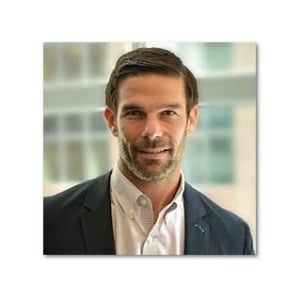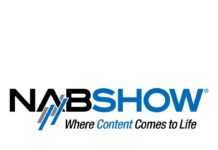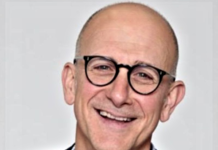
The press release did not give many details about how the new Shazam measurement technology would work, or how Shazam would measure a radio station signal. So we reached out to Shazam’s Chief Revenue Officer Greg Glenday to try to get you more details.
Glenday told us there’s no solid date for a rollout and the product is now being tested. He did tell us how Shazam will capture a radio station signal, which may not be free to the participating panelist, by the way. Here’s our entire interview with Glenday…
RI: When does this product officially roll out? When will advertisers be able to see data from these four radio companies?
Glenday: As fast as we can. We are beta testing now. Our engineers are working together with everybody in the industry. The announcement was that we are embarking on this, beta testing, and we’re going to roll it out as soon as we can.
RI: Can you help us understand the technology. You have to have Shazam open and then Shazam will record the radio station I’m listening to?
Glenday: That’s how it works now. But what we are working on is a way to make it passive. So, essentially it could be like a panel. You agree to leave Shazam open. We’ve got an auto-on. We can tell who’s got it on. That exists right now, actually. If you’re an iOS user or an Android user…. people use that for road trips. I was at an industry event last night and I had auto Shazam open and there was a great DJ playing a bunch of obscure stuff, so I just left auto Shazam on, and then afterwards I had essentially a catalog of all the songs I heard. I didn’t have to keep taking it out. I just had four hours of what I heard at that location.
RI: If I understand you correctly, even over-the-air, if I’m listening to a radio station in my house and I agree to be on a panel, my app is open and that’s how you record my listening? You’ll get the data directly from my app?
Glenday: Right. I should say that part is not final. That’s what we’re working on with Horizon and the radio groups. That’s now where we’ve all agreed to get to work on. That’s one possible implication. But the technology is there but we haven’t settled on that as the methodology.
RI: If I have Shazam open and I’m on a panel, am I going to be using data?
Glenday: TBD.We’re looking at compensation for that if that was the case. We don’t want this to be a burden on the user. But it’s still TBD on how we deal with that, whether it’s compensation or we cover it. But that’s all TBD.
RI: But I would be using data then. You’re just figuring out how to take care of that.
Glenday: That’s right.
RI: Any idea how big the panels might be?
Glenday: I don’t think we are commenting on that level of detail at this point. Over time, we will get the engineers and I will be happy to share with you guys as we start sharing the details.
RI: Do you have any idea why it wasn’t the entire radio industry? Just four companies? Or is the goal to eventually invite them all in?
Glenday: The more the merrier. The goal is everybody. iHeart would be able to comment on that better. But for us, the more the merrier. The more people we have the better the process will be.
RI: How do you feel about the accuracy of these new ratings??
Glenday: For us, the nice thing is it is fairly cut and dry. What I love about Shazam is there’s no editorial to it. For example, if you look at our charts, the reason why the labels watch them so closely is there is no politics involved. It’s just a reflection of culture. The fingerprinting technology… a lot of people have tried to copy the audio fingerprinting technology that we have but it’s proved very, very hard to do. I think it’s as good as anything you could put out there.





